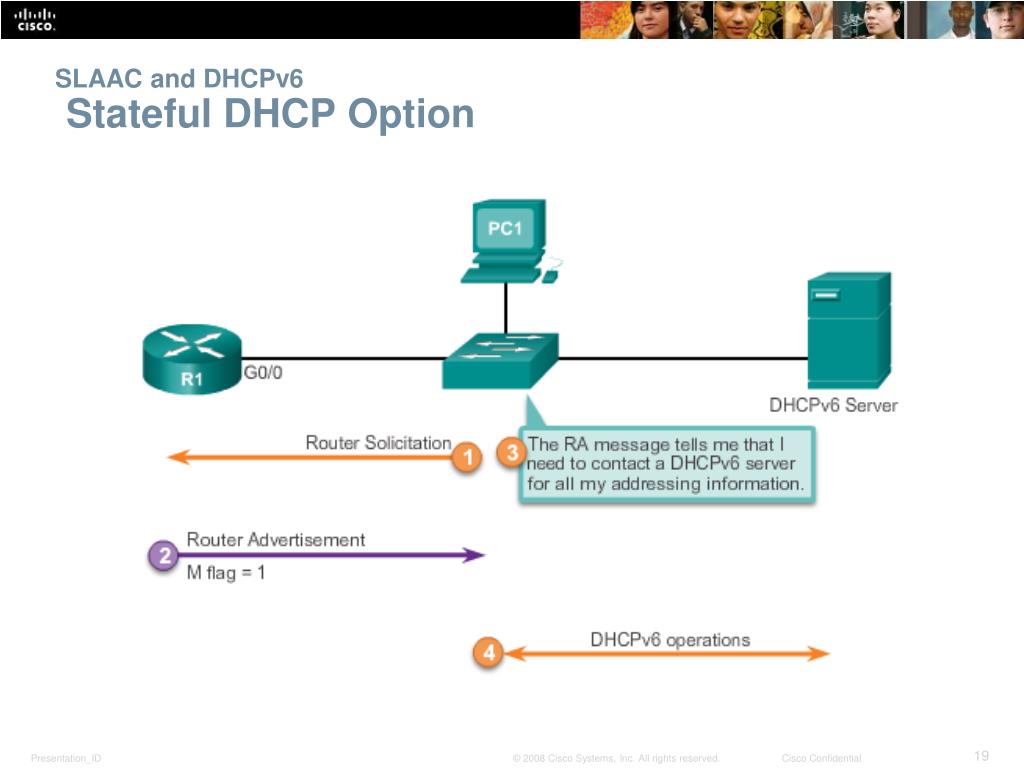

If you are the only user it will work for you and no more steps needed.

That config will make dhcpcd obtain one IPv6 address /128 via interface enp5s0 and set the address to that interface. # request a normal (IA_NA) IPv6 address with IAID 1 # enable routing solicitation get the default IPv6 route Option domain_name_servers, interface_mtu # Safe to enable by default because it requires the equivalent option set You can make a configuration like this: # Inform the DHCP server of our hostname for DDNS. It is not very well documented with working examples, though. Of course you can extend them to ipv4 by reading the manual(s).Īlso note that enp0s1 is the external facing interface (the one which connects to the ISP) and br0 is my internal bridge with LAN and WLAN interface for my local clients. Please note that I am describing IPv6-only configurations here. So first I tried dhcpcd and immediately faced a problem. Although I compiled WIDE-DHCPv6 by fixing some compilation issues, I decided not to use it just because it is not actively maintained. There are probably three most commonly used DHCPv6 clients for Linux – dhcpcd, dibbler and WIDE-DHCPv6. Here, they are using DHCP6 with prefix delegation and it isn’t as straightforward as one would expect. On the server, I received static configuration. Where duid-type is either duid-llt duid-en or duid-ll and string is the client identifier value.Our ISP (internet service provider) finally started offering IPv6.

The Tag and Name columns in the table provide a cross reference to the Internet standard option definitions. The following table summarizes the DHCPv6 options currently supported (as of DHCPD 4.2.2) along with the corresponding ISC DHCP option-name and option-value data type. option-value is the actual value of the option to provide to the client.option-name is the name of the option according to the server.option is the keyword indicating that an option is specified on this line.Within the relevant scope the option is declared using the following general syntax which is equivalent to that for DHCP for IPv4: DHCPv6 option values can be defined on a global or scoped basis to influence the configuration parameters of devices initializing via DHCP.


 0 kommentar(er)
0 kommentar(er)
